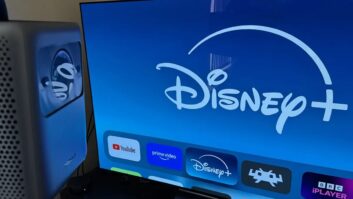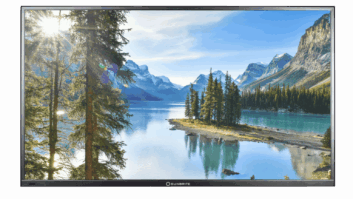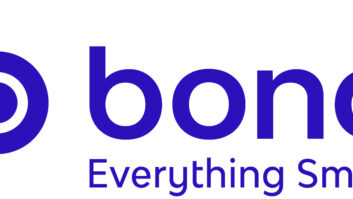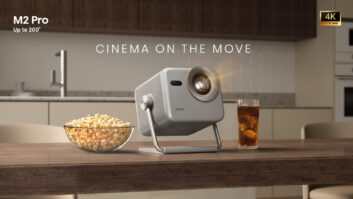New York — Multi-industry efforts are in full swing to bring Ultra High-Definition video content into the home via physical discs, streaming and download services, cable and satellite TV, and over-the-air broadcasts, panelists said today at the TWICE/CEA Ultra HD conference.
Native-4K content will initially be available from over-the-top streaming services and download services, two panelists pointed out. Hans Baumgartner, Rovi’s product management director, said he expects over-the-top Ultra HD streaming service to launch in 2014. Marc Finer, technical director of the Digital Entertainment Group, pointed out that Sony in September launched its 4K Video Unlimited download service to support the rollout of its 4K TVs.
For its part, Netflix has announced 2014 as its target year for launching 4K streaming.
As for Ultra HD-enabled physical media, Finer noted that he expects the Blu-ray Disc Association (BDA) sometime in the next 12 months to announce a standard for a 4K-enabled next-generation video disc. Studios are in discussions with the BDA on all parameters of a next-generation disc, not just 4K resolution, he said. Other parameters include color gamut, frame rates and dynamic range, to name a few.
For its part, the TV-broadcast industry got the ball rolling in March when the Advanced Television Systems Committee (ATSC) issued a request for proposals for the physical layer of the planned 4K-enabled ATSC 3.0 broadcast standard. The organization received “11 excellent proposals,” said ATSC president Mark Richer.
In early 2015, the ATSC will enter an “early candidate phase” to weigh different ATSC 3.0 4K-enabled standards, followed by the selection of a standard in 2016, Richer said.
Richer called it “critical to our success” to create “a global standard as much as possible” to drive economies of scale in consumer and professional products. The group’s 3.0 activities include companies from around the world, he noted.
Richer called it a “challenge” to push through enough bits over broadcast channels to deliver 4K while maintaining robust and reliable service. The technical challenges will be similar for cable and satellite-TV providers, he said.
As a result, the ATSC decided it was “time to start with a clean sheet of paper” in developing a completely new ATSC broadcast standard, called ATSC 3.0, to deliver greater throughput, enhanced robustness, and the flexibility to offer different services, he said. Those services might not be limited to linear TV and could include more efficient file-based delivery of video for programs other than live programs such as sports and news, he said.
For his part, Baumgartner said that with the International Telecommunication Union’s standardization this year of the H.265 HEVC (high efficiency video coding) video-compression format, it would be possible for broadcasters to fit two Ultra HD streams in the same amount of bandwidth as a single 1080i transmission that uses the MPEG-2 compression format.
Richer pointed out that Ultra HD TVs won’t be used just for displaying one TV program or movie at a time. He said 4K displays will be able to display multiple HD programs at a time along with security-camera video, Twitter feeds and Skype video calls in which two people can talk to each other while watching the same program.













